Interview with Japanese architect Junya Ishigami

Junya Ishigami sits flanked by his translator and Jose Carlier, President of the Interieur Foundation, hailed as the diminutive incarnation of the future of design. It’s the Belgian Interieur Biennale’s 22nd edition, and the 36-year old Japanese architect – a stellar pupil of Sanaa’s Kazuyo Sejima – has been invited as the guest of honour to lead the debate on this year’s theme: the new world.
It’s a fitting tribute to the youthful designer’s rising star. His work bridges the ever-more-blurred boundaries between artistic disciplines, testament to which is the fact that he is known equally for his installations (see his Cuboid Balloon at the Museum for Contemporary art in Tokyo, a monolithic but lightweight structure which hovers over the heads of viewers) and his furniture collection for Living Divani, as he is for KAIT, the ethereally white and forest-like, many-columned workshop he built for the Kanagawa Institute of Technology.
But, he says, it is important to blend rather than to blur the lines between branches of design. ‘The combination of art and interior design is important to create a new way of architecture. All fields should be influenced by each other, but they should not merge completely because that way possibilities gets lost. Each field should bring its own characteristic, and then you can look for new boundaries for new architecture.’
New architecture the Ishigami way references nature first and foremost. Take, for instance, an artificial island project he’s currently working on in Japan. Where an 8-metre deep lake had been created for industrial purposes, the architect’s solution was to make a landscape park by draining it to create islands which can be reached via narrow walkways or boat. Meanwhile, Yohji Yamamoto’s New York triangular 1950s shop moved Ishigami - its interior and, as it turns out, exterior designer - to splice the brick ediface into two dramatic pieces, create a pathway for pedestrians and ‘blend the inside with the outside’ to create a landscape.
‘For me the most important thing is to eliminate the boundaries between nature and architecture,’ he explains. ‘Not to blend them completely but to eliminate the boundaries.’
'Picnic', the furniture installation he’s working on for Interieur (which opens in October this year) remains true to the recurring Ishigami theme. ‘I chose the name "Picnic" because I wanted to make clear that although furniture is used as a tool, it is not just utilitarian. I wanted it to create an impression of landscape, so that a table becomes like a pond, or so that a set of chairs looks like family members standing and talking to one another.’
Another common thread is the almost uniform white of his projects, although, he claims, it is not by design – rather he appears to consistently happen upon it. ‘Originally it was not my favourite colour. At the beginning I hated it,’ he says. ‘But for each building I do lots of colour studies, so if I end up with white, it’s only after a lot of thinking.’
Receive our daily digest of inspiration, escapism and design stories from around the world direct to your inbox.
Interieur opens in Ghent in October 2010
-
 The most comprehensive showing of Nan Goldin’s photographs and films is intense and emotional
The most comprehensive showing of Nan Goldin’s photographs and films is intense and emotionalNan Goldin's moving-image work makes a heavy impact in ‘This Will Not End Well’ at Milan’s Pirelli HangarBicocca
-
 How We Host: Interior designer Heide Hendricks shows us how to throw the ultimate farmhouse fête
How We Host: Interior designer Heide Hendricks shows us how to throw the ultimate farmhouse fêteThe designer, one half of the American design firm Hendricks Churchill, delves into the art of entertaining – from pasta to playlists
-
 Arbour House is a north London home that lies low but punches high
Arbour House is a north London home that lies low but punches highArbour House by Andrei Saltykov is a low-lying Crouch End home with a striking roof structure that sets it apart
-
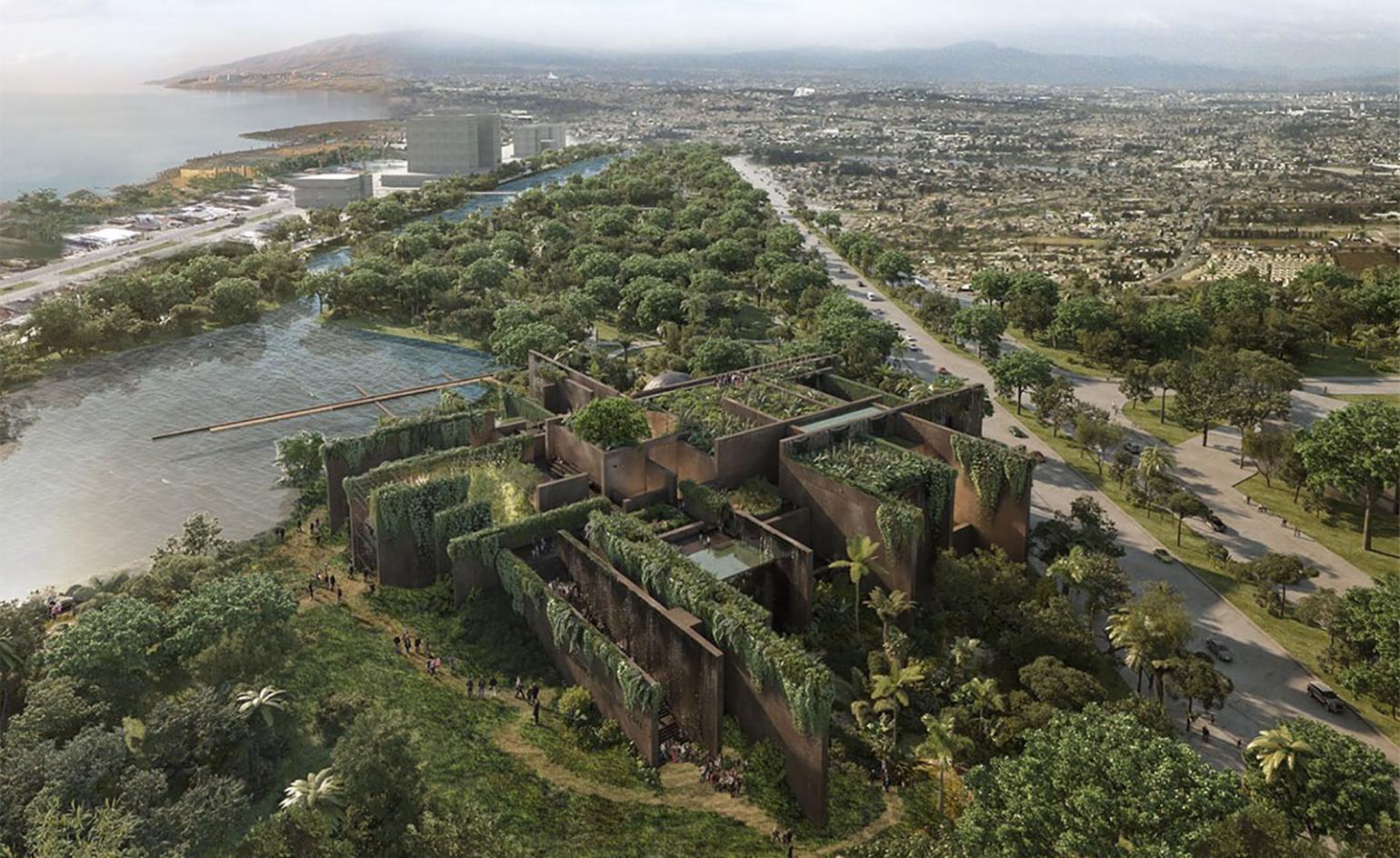 Out of office: coffee and creative small talk with Tatiana Bilbao
Out of office: coffee and creative small talk with Tatiana BilbaoBodil Blain, Wallpaper* columnist and founder of Cru Kafé, shares coffee and creative small talk with leading figures from the worlds of art, architecture, design, and fashion. This week, it’s Mexican architect Tatiana Bilbao, who is currently designing a brutalist, ethical aquarium in Mazatlán and has an exhibition at Copenhagen's Louisiana Museum of Modern Art opening in October 2019
-
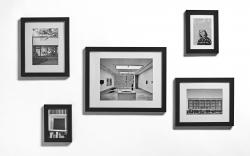 At home with Deborah Berke
At home with Deborah BerkeArchitect Deborah Berke talks to us about art, collaboration, climate change and the future, from the living room of her Long Island home
-
 Rheaply redefines circular economy in architecture
Rheaply redefines circular economy in architectureOn Earth Day 2022, we speak to Rheaply founder Garry Cooper Jr about his innovative business that tackles reuse and upcycling in architecture and construction
-
 Paolo Soleri's sustainable urban experiment Arcosanti enters new era
Paolo Soleri's sustainable urban experiment Arcosanti enters new eraWe meet Liz Martin-Malikian, Arcosanti’s new CEO, who takes us through the vision and future for Paolo Soleri's sustainable urban experiment
-
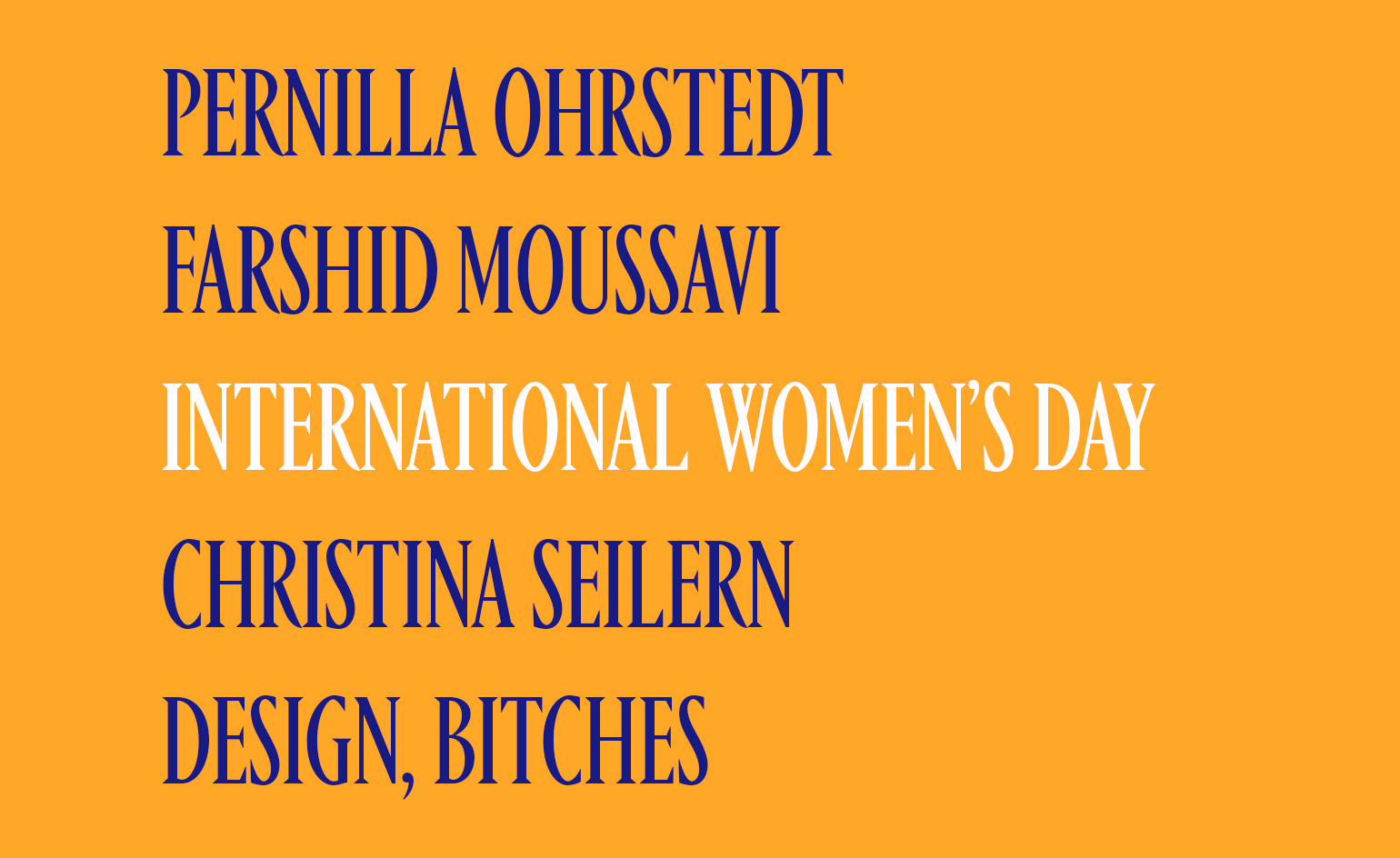 International Women’s Day: leading female architects in their own words
International Women’s Day: leading female architects in their own wordsInternational Women’s Day 2022 and Women’s History Month: Wallpaper* talks to four leading female architects about dreams, heroines and navigating the architecture world
-
 Sou Fujimoto judges Wallpaper* Design Awards 2022
Sou Fujimoto judges Wallpaper* Design Awards 2022We chat with Wallpaper* Design Awards 2022 judge Sou Fujimoto about his work in Japan and abroad, and our shortlisted designs and winners
-
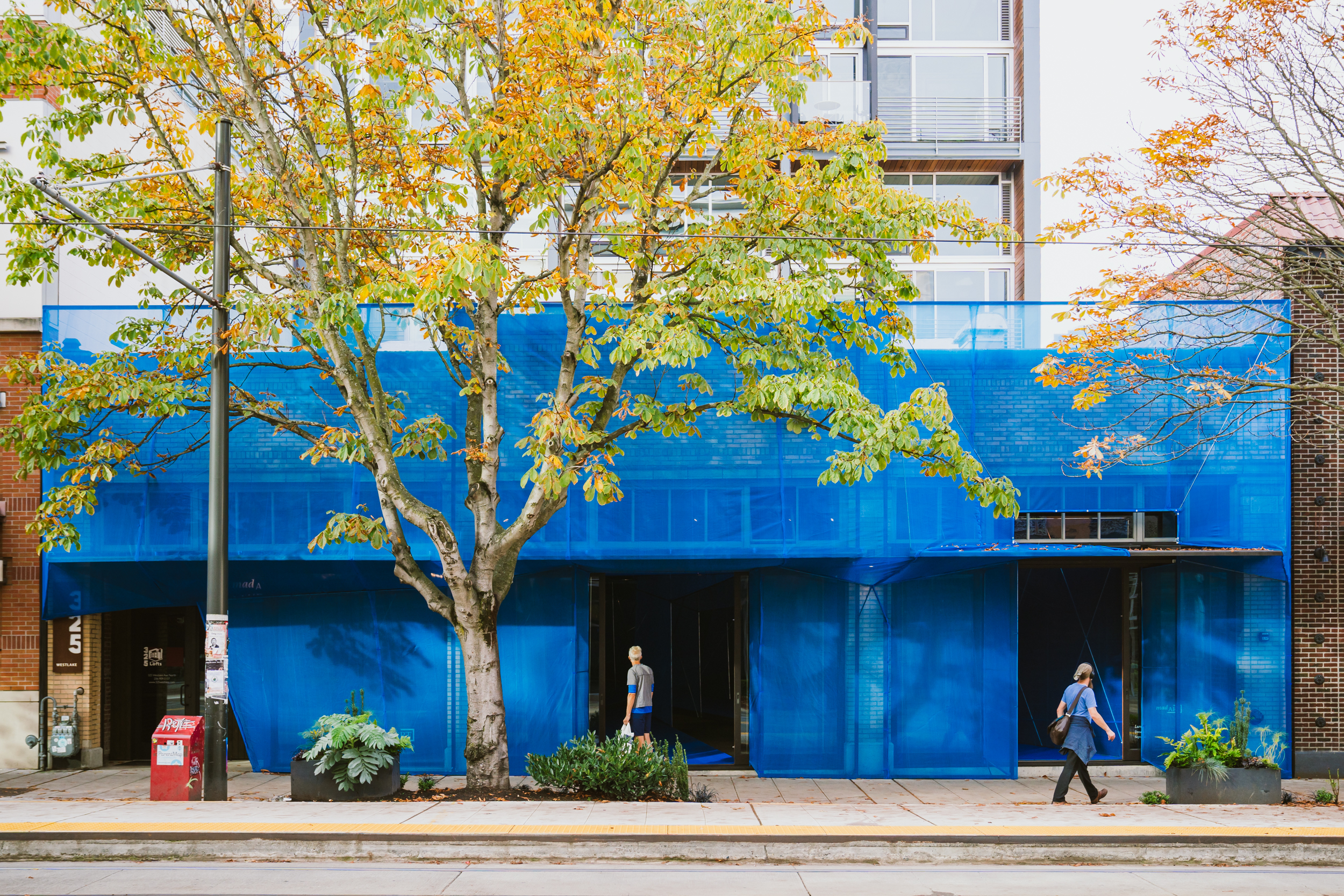 Dream the Combine cross-pollinates and conquers
Dream the Combine cross-pollinates and conquersThe American Midwest is shaking up the world of architecture. As part of our Next Generation 2022 project, we’re exploring ten local emerging practices pioneering change. Here we meet Minneapolis duo Dream the Combine
-
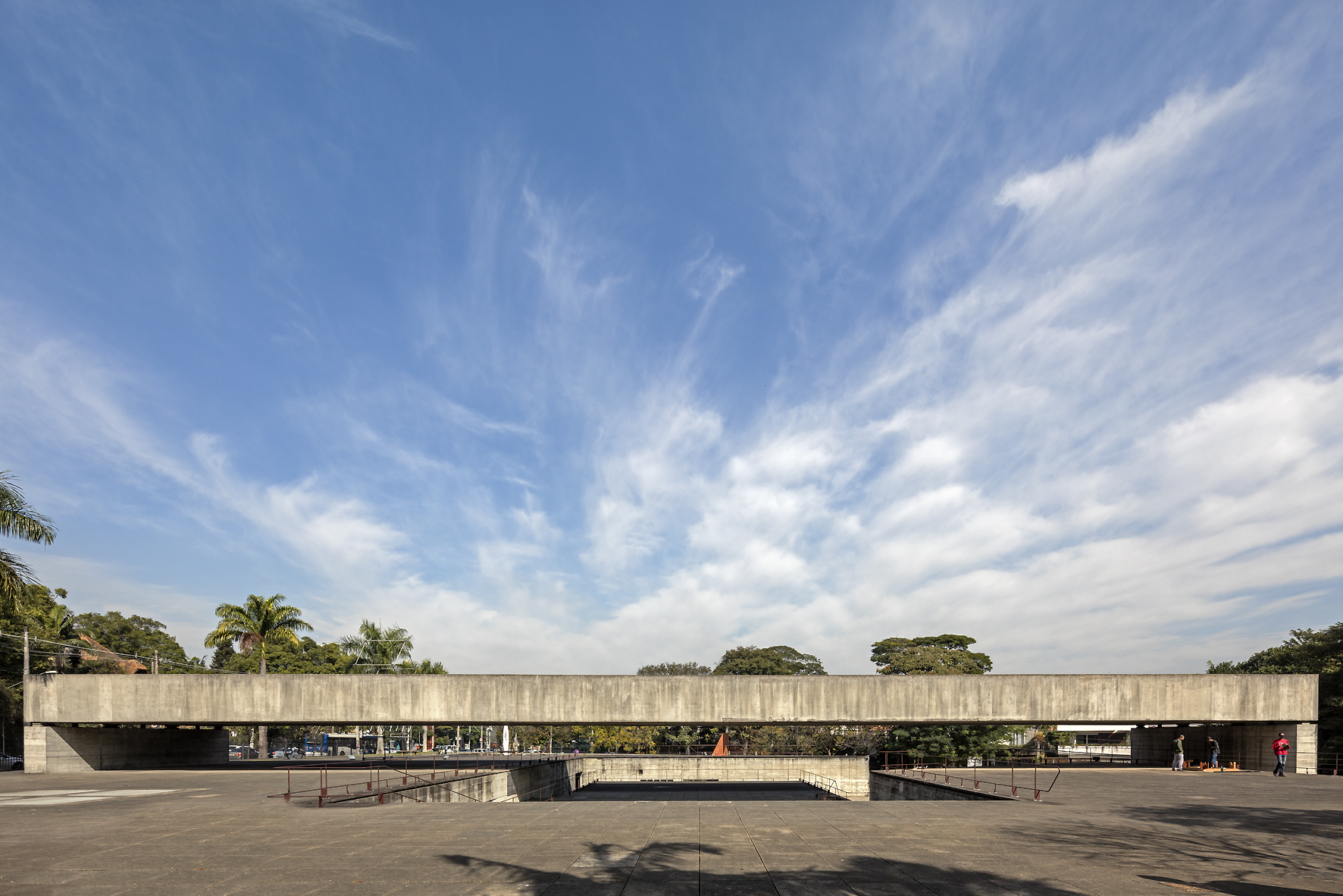 Architecture in the words of Paulo Mendes da Rocha
Architecture in the words of Paulo Mendes da RochaGreat modernist Paulo Mendes da Rocha passed away on 23 May 2021 aged 92. Here, we revisit the interview he gave Wallpaper* in 2010 for our Brazil-focussed June issue, talking about architecture, awards and his home country